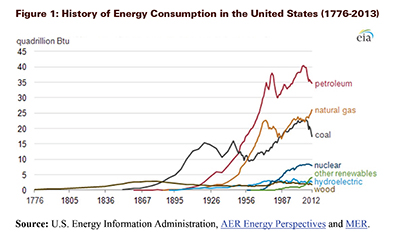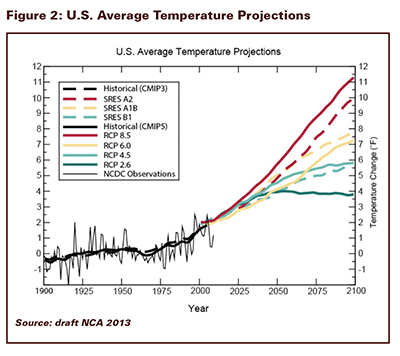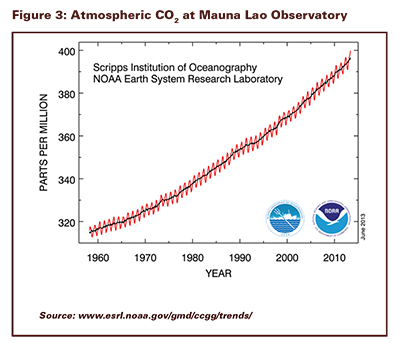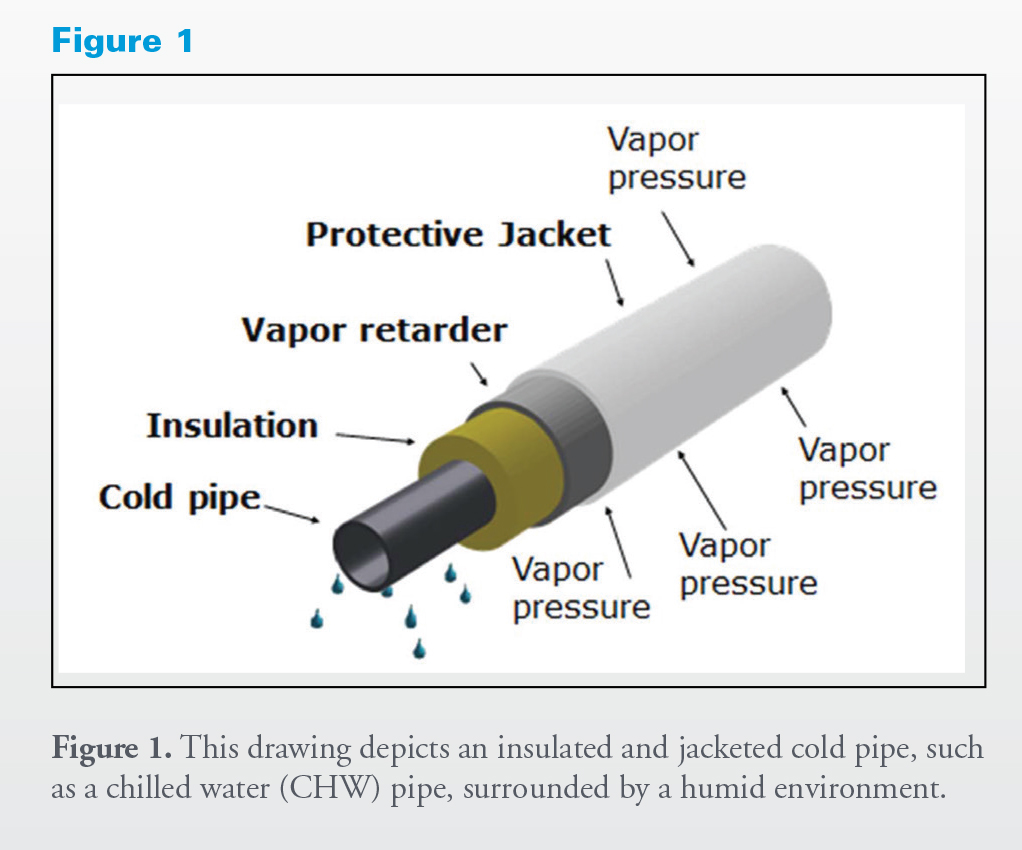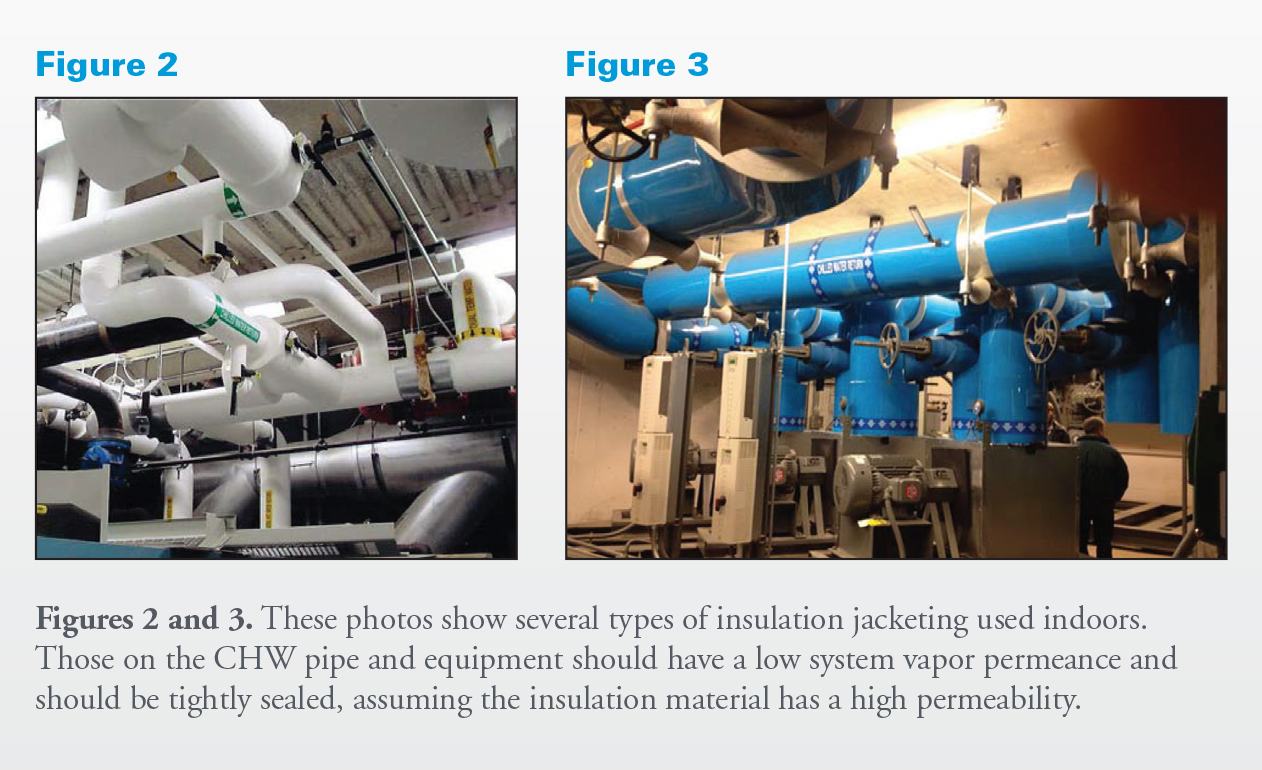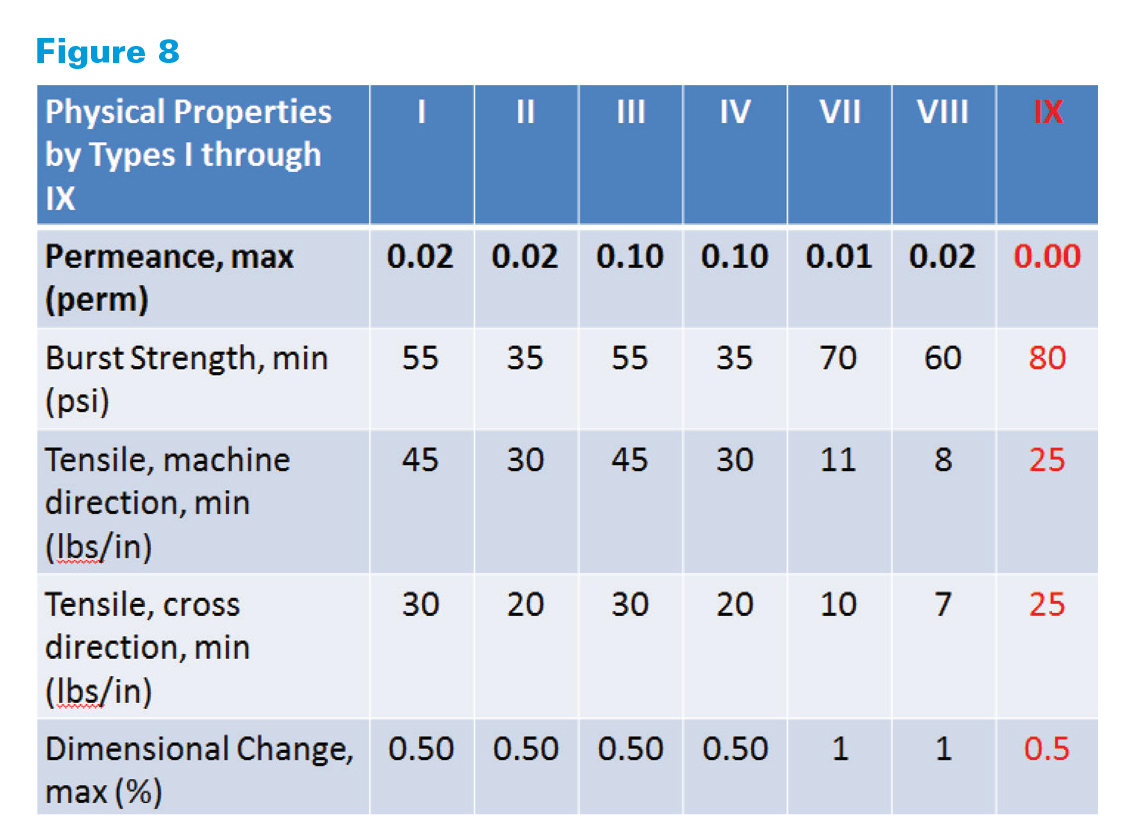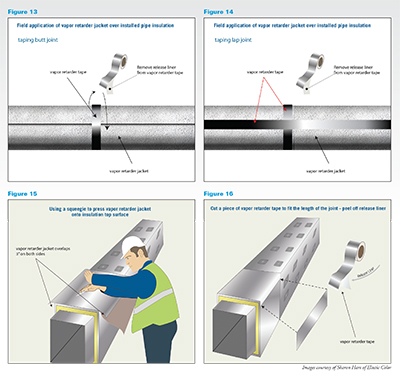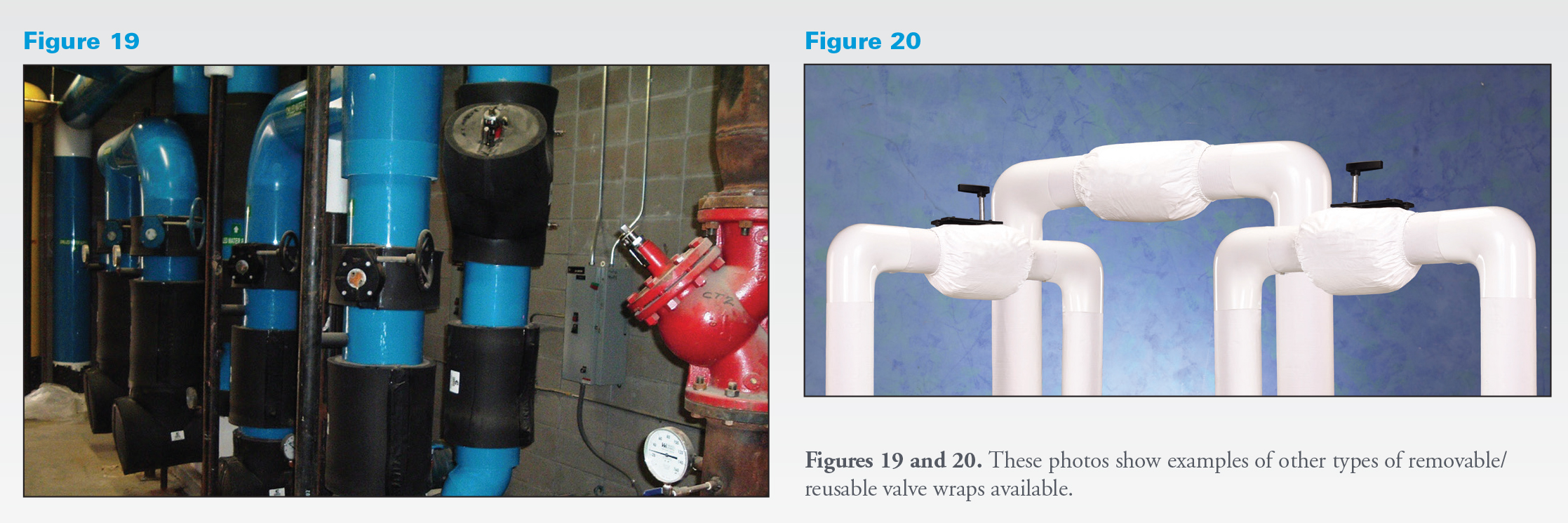President
Barack Obama’s landmark speech on June 25 outlining executive actions to combat
and prepare for climate change backed the growth of natural gas and renewable
power in lieu of carbon-heavy coal power, but he mentioned nuclear power only
once—and only in the context of energy security.
The
President’s speech closely mirrored the White House’s June 25 release of a 21-page
blueprint, a document the President called a Climate Action Plan (CAP), which
charts the executive branch’s efforts to achieve its 2009 pledge to reduce U.S.
greenhouse gases (GHGs) by 17% from 2005 levels by 2020.
Curbing Carbon Through GHG Rules for Power
Plants
The plan “begins” with
slashing carbon pollution by “changing the way we use energy,” Obama said. That
would require “using less dirty energy, using more clean energy, wasting less
energy throughout our economy.” But this does not mean “we’re going to suddenly
stop producing fossil fuels,” he said. “Our economy wouldn’t run very well if
it did. And transitioning to a clean energy economy takes time.”
However,
40% of U.S. carbon pollution is emitted by power plants, and no federal limits
to the amount of carbon pollution exist, the President noted. “We limit the
amount of toxic chemicals like mercury and sulfur and arsenic in our air or our
water, but power plants can still dump unlimited amounts of carbon pollution
into the air for free. That’s not right, that’s not safe, and it needs to stop.”
As a
first measure to combat climate change, the President therefore directed the
Environmental Protection Agency (EPA) to complete issuance of its final New
Source Performance Standards for GHG emissions, which it has postponed, missing
its April 13 deadline because it was reportedly still reviewing more than 2
million comments on its proposal. That rule establishes carbon dioxide
standards for certain new and reconstructed coal and gas generators, limiting
emissions to 1,000 pounds/MWh. President Obama called on the EPA, however, to
develop standards for that rule affecting new power plants—and another for
existing power plants—”in an open and transparent way, to provide flexibility
to different states with different needs, and build on the leadership that many
states, and cities, and companies have already shown.”
The
Supreme Court has ruled GHGs are pollutants covered by the Clean Air Act, and
the EPA had in 2009 determined GHGs are a threat to public health and welfare
and therefore subject to regulation, the President noted. Meanwhile, a “dozen
states” have already implemented their own market-based programs to reduce
carbon pollution, 25 have set energy efficiency targets, and 35 have set
renewable energy targets. “It’s just time for Washington to catch up with the
rest of the country,” he said.
Heavy on Natural Gas and Renewables
Though
the President mentioned his much-reiterated “all-of-the-above” energy strategy,
he prominently lauded increased U.S. production of what he called
“cleaner-burning” natural gas. “We should strengthen our position as the top
natural gas producer because, in the medium term at least, it not only can
provide safe, cheap power, but it can also help reduce our carbon emissions,”
he said. Natural gas is creating jobs, lowering power bills, and “it’s the
transition fuel that can power our economy with less carbon pollution even as
our businesses work to develop and then deploy more of the technology required
for the even cleaner energy economy of the future.”
Obama
also called for doubling current levels of renewables by 2020. Notably, he
called on the federal government to source 20% of its power from renewables by
2020 and urged the Department of the Interior to approve over the next 7 years
an additional 10 GW (beyond the 10 GW already permitted) of private renewable
energy capacity on public lands. He also called on the Department of Defense to
install 3 GW of renewable power on its bases.
A Nuclear-Shy Plan
In the President’s
speech, as in the White House’s CAP blueprint, mention of nuclear power’s
future role as a clean energy source to combat climate change was largely
absent.
Industry
experts had expected the White House’s climate change strategy to be founded on
recommendations by the President’s Council of Advisors on Science and
Technology (PCAST) released this March. The council called for continued
efforts to “decarbonize the economy,” with an emphasis on the power sector, and
removal of regulatory obstacles (such as lower financing costs) to “level the
playing field” for renewables, carbon capture and storage, nuclear power, and
energy-efficiency technologies. PCAST had specifically lauded nuclear’s role in
efforts to curb climate change, saying: “Achieving low-carbon goals without a
substantial contribution from nuclear power is possible, but extremely
difficult.”
In
his recent speech, the President noted that nuclear was a key of the U.S.
strategy for a secure energy future—and that the country’s first new nuclear
plants had broken ground this year for the first time in 3 decades. But while
future efforts to curb climate change would require the use of “more clean
energy,” he set the focus on doubling wind and solar energy from current levels
by 2020.
Marvin
Fertel, President and CEO of industry lobby group the Nuclear Energy Institute
(NEI) told POWERnews on Tuesday that the administration was well aware that the
nation could not reach its energy and climate goals without nuclear power.
“President Obama recognized this during the presidential campaign when he said,
?It is unlikely we can meet our aggressive climate goals if we eliminate
nuclear power as an option.’ Likewise, Energy Secretary Ernest Moniz supports
the expansion of nuclear energy to meet national energy and environmental
imperatives,” Fertel said. “We look forward to working with the administration
to help achieve these extremely important goals.”
International Efforts
Notable
global measures called for by the President in his speech included an outright
termination of U.S. public financing for new foreign coal plants without carbon
capture.
The
pledge could bar the U.S.-backed Export-Import (Ex-Im) Bank from financing a
number of major fossil fuel power plants. According to environmental group
Pacific Environment, the Ex-Im Bank has supported a number of massive projects,
including financing for the 4-GW Sasan coal project in India and the 4.8-GW Kusile coal
project in South Africa. The lender’s financing for fossil fuel projects
(including oil-field exploration, pipelines, refineries, and gas power plants)
reached $9.6 billion in the 2012 fiscal year.
Obama
said he would direct his administration to launch negotiations toward global
free trade in environmental goods and services, including clean energy
technology, to help more countries skip past the dirty phase of development.
“They don’t have to repeat all the same mistakes that we made.”
Another
significant action pledged by the President was to “redouble . . . efforts” to
engage international partners in reaching a new global agreement to reduce
carbon pollution through concrete actions. “What we need is an agreement that’s
ambitious—because that’s what the scale of the challenge demands. We need an
inclusive agreement—because every country has to play its part. And we need an
agreement that’s flexible—because different nations have different needs,” he
said.
A Reason to Act
As he had in his February
2013 State of the Union address, President Obama urged Congress to come up with
a bipartisan, “market-based” solution to climate change. “But this is a challenge
that does not pause for partisan gridlock. It demands our attention now,” he
said.
The President briefly summarized the history of climate
change science. He pointed out that scientists have known since the 1800s that
GHGs like CO2 trap heat and “that burning fossil fuels release those
gases into the air.” But he noted that only in the 1950s did concerns emerge
(from the National Weather Service) that rising GHG levels might disrupt the
“fragile balance.” That data “accumulated and reviewed over decades, tells us
that our planet is changing in ways that will have profound impacts on all of
humankind,” he said.
No
single weather event could be caused solely by climate change, the President
said, but there is consensus that the world is warmer than it used to be, and
“all weather events are affected by a warming planet.” It is fact that the 12
warmest years in recorded history have all come in the past 15 years, and that
last year, temperatures in some areas of the ocean reached record highs, and
ice in the Arctic shrank to its smallest size on record—faster than most models
had predicted it would. It is also fact that sea level in New York Harbor is a
foot higher than a century ago, he said. “That didn’t cause Hurricane Sandy,
but it certainly contributed to the destruction that left large parts of our
mightiest city dark and underwater.”
Climate change could have a measurable economic impact,
he suggested: “Farmers see crops wilted one year, washed away the next; and the
higher food prices get passed on to you, the American consumer. Americans
across the country are already paying the price of inaction in insurance
premiums, state and local taxes, and the costs of rebuilding and disaster
relief.”
The
question is not “whether we need to act,” the President said, pointing to an
“overwhelming judgment of science—of chemistry and physics and millions of
measurements,” it is “whether we will have the courage to act before it is too
late.


